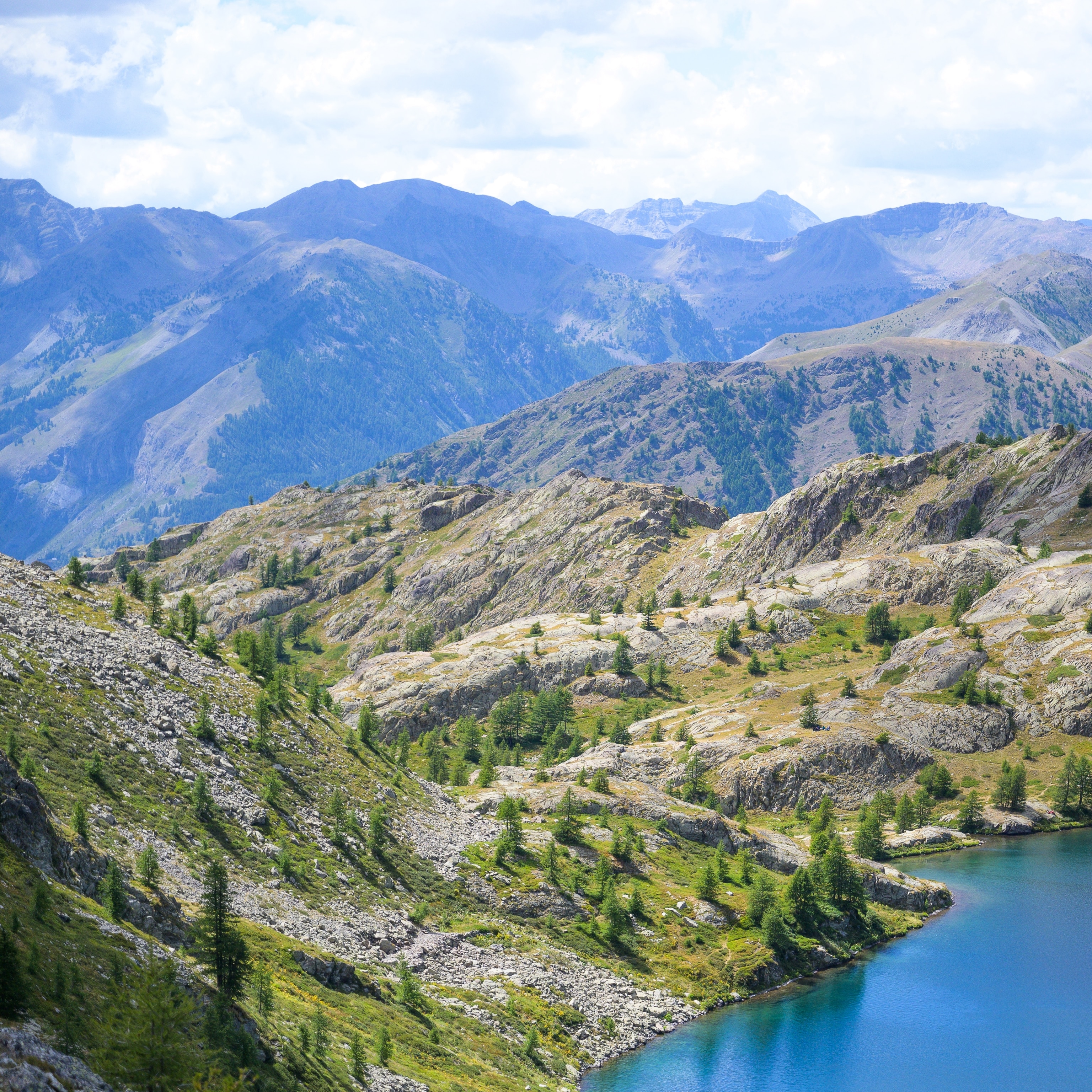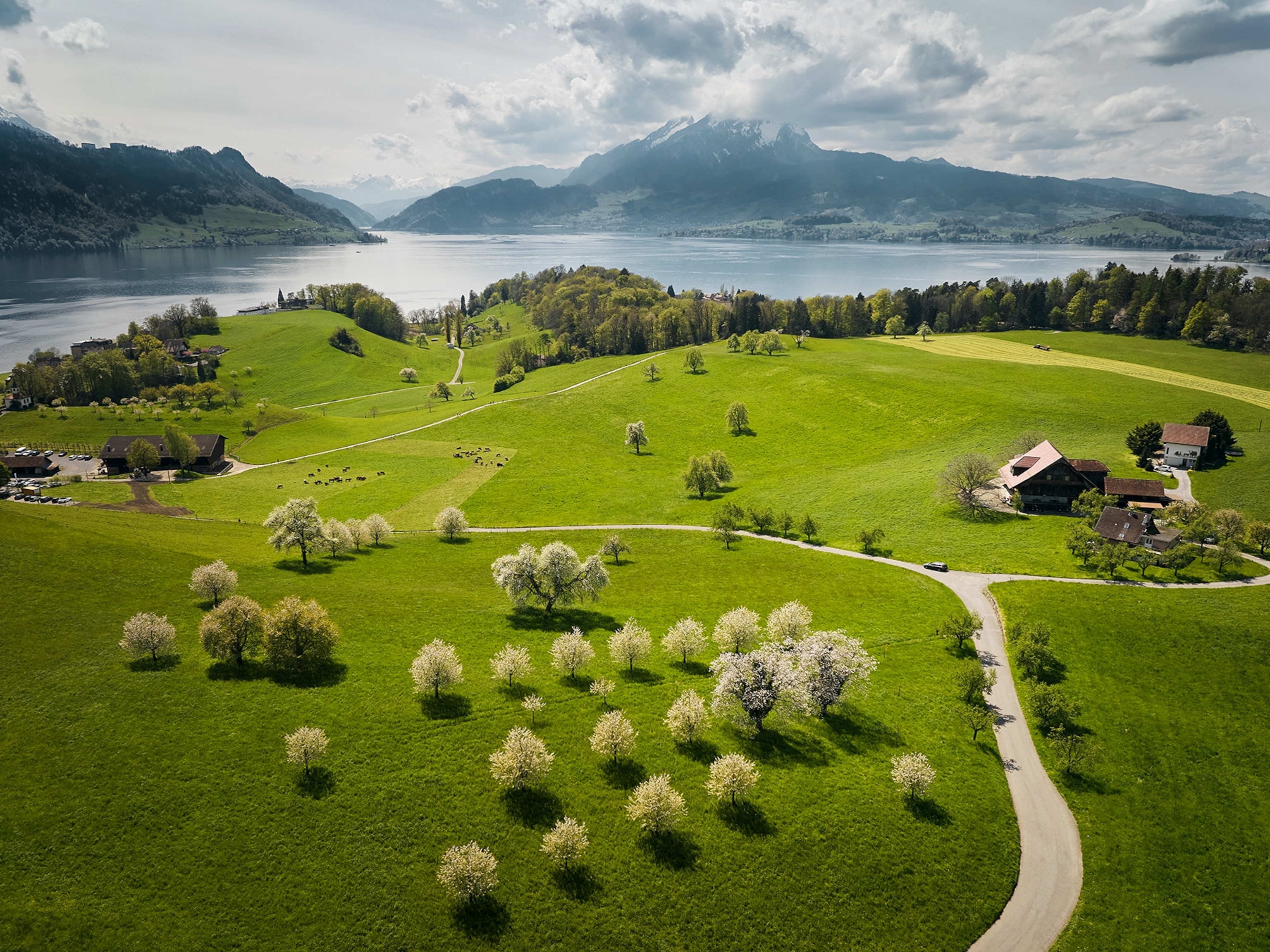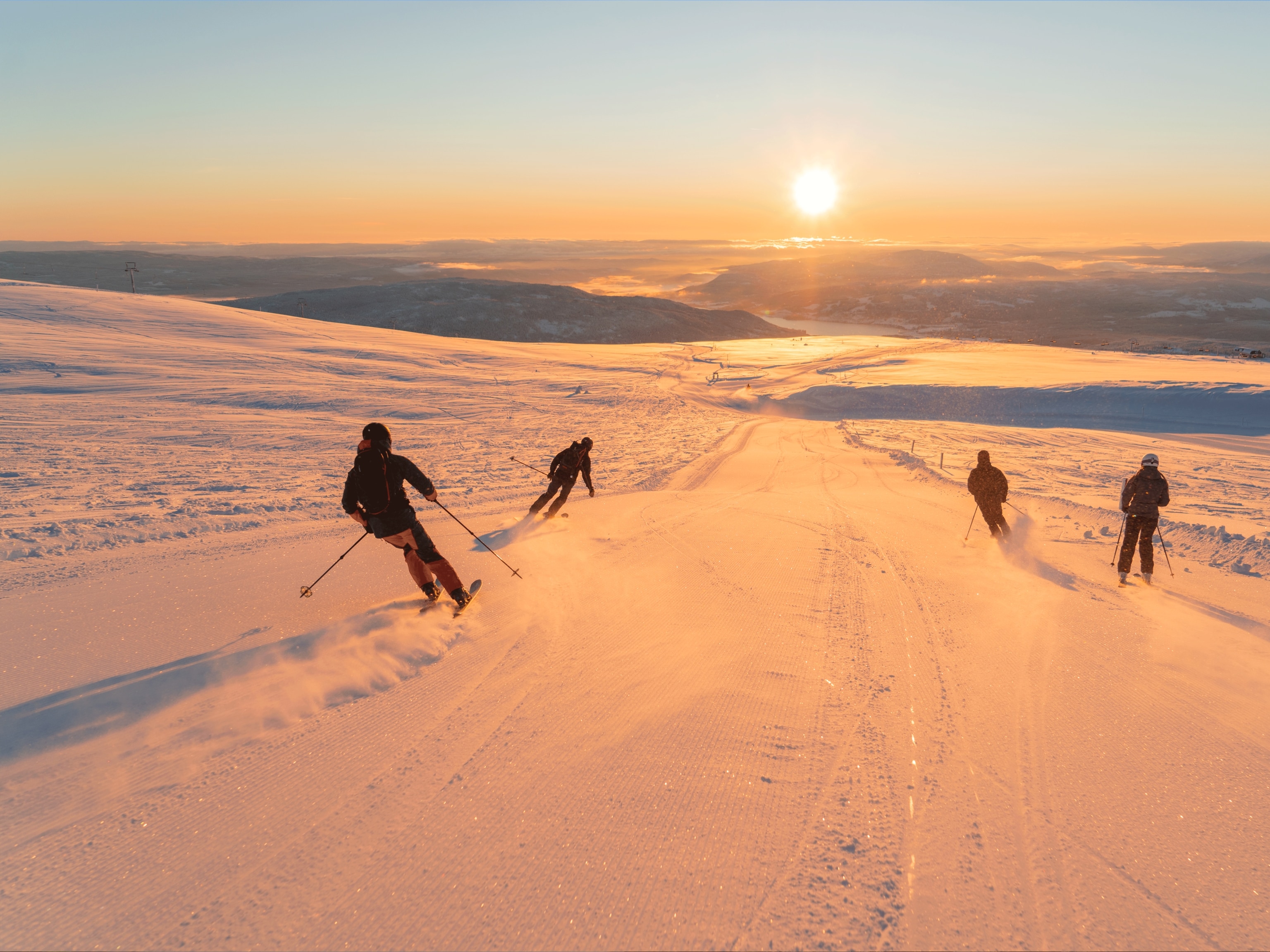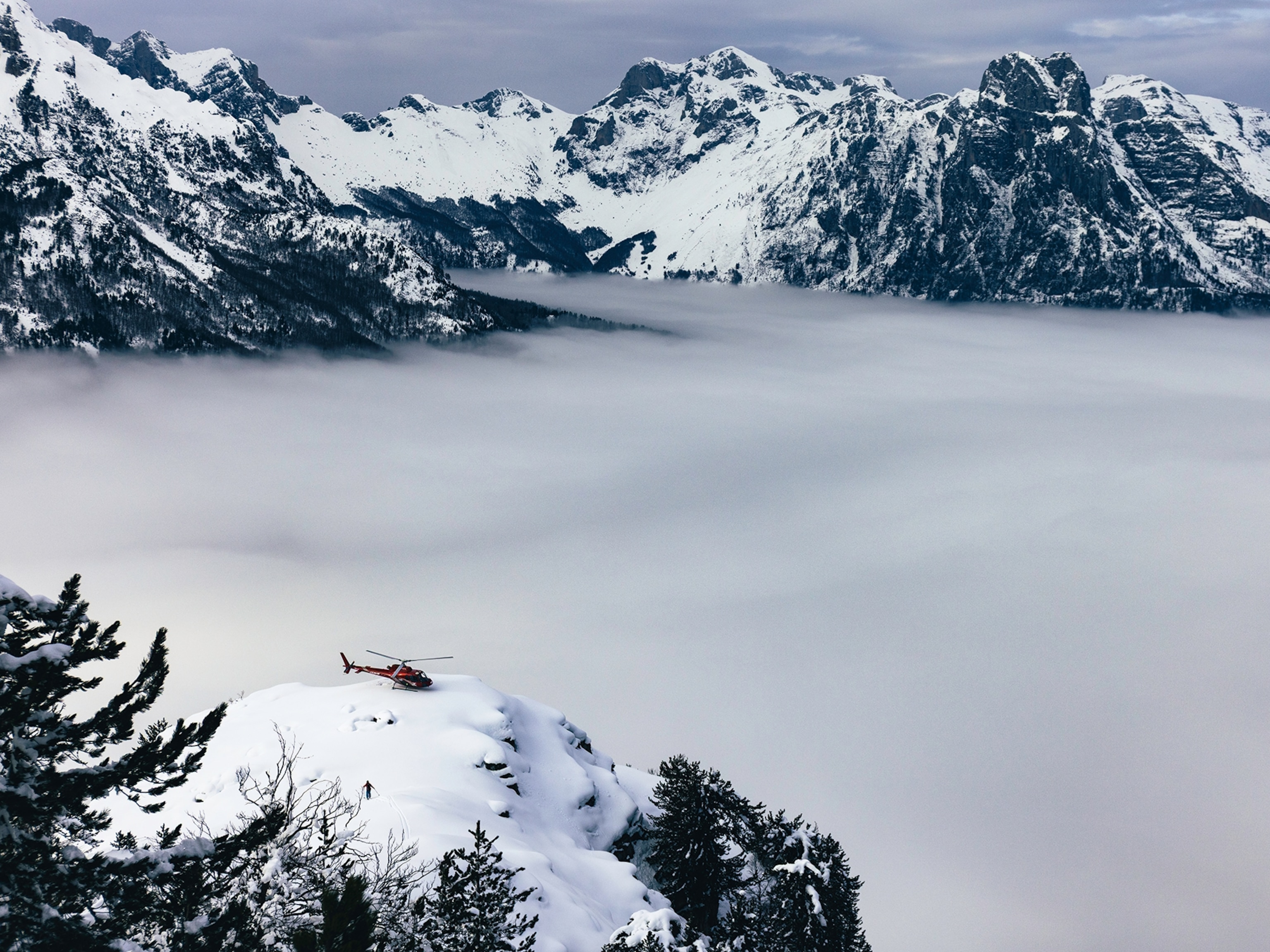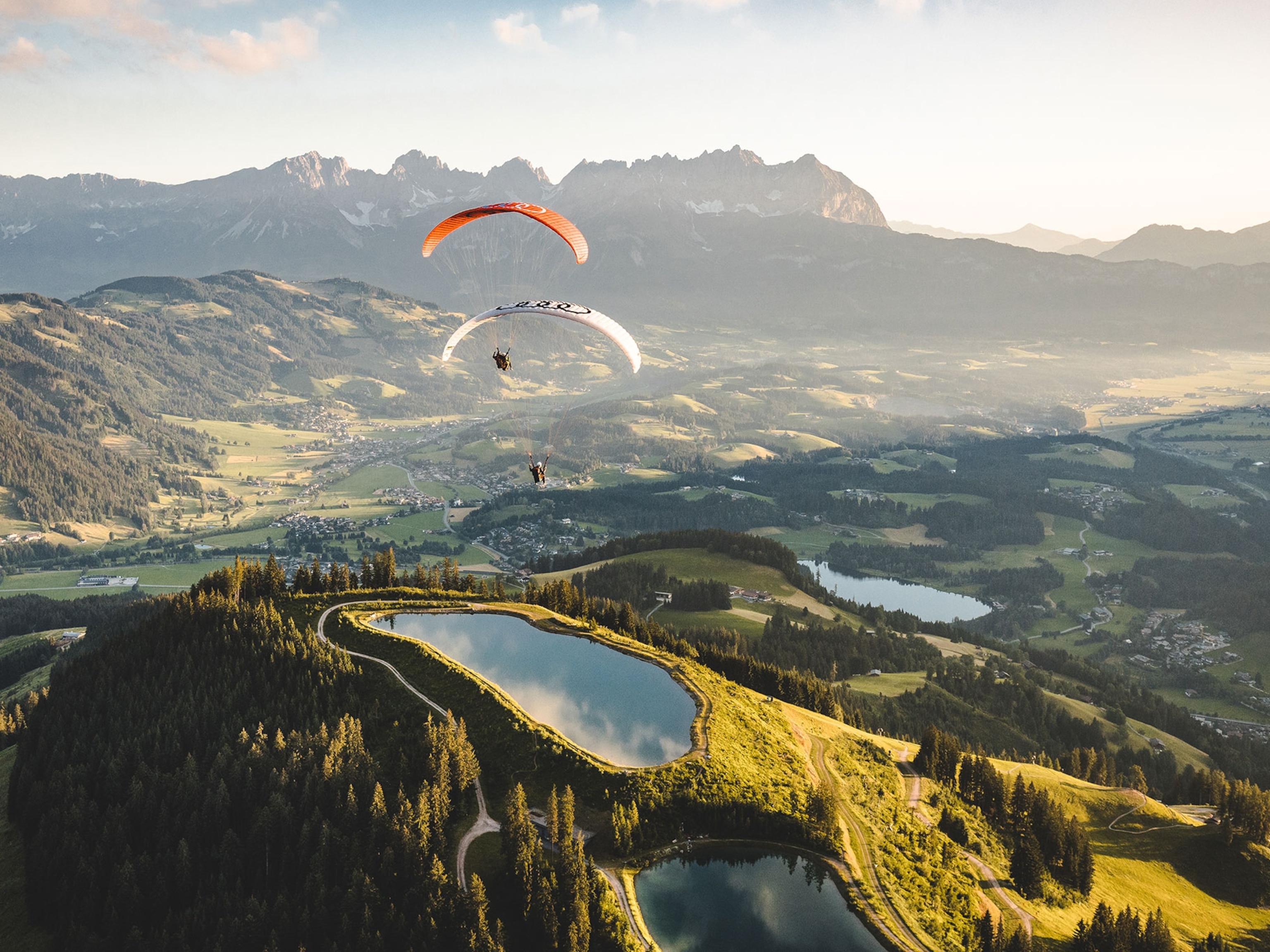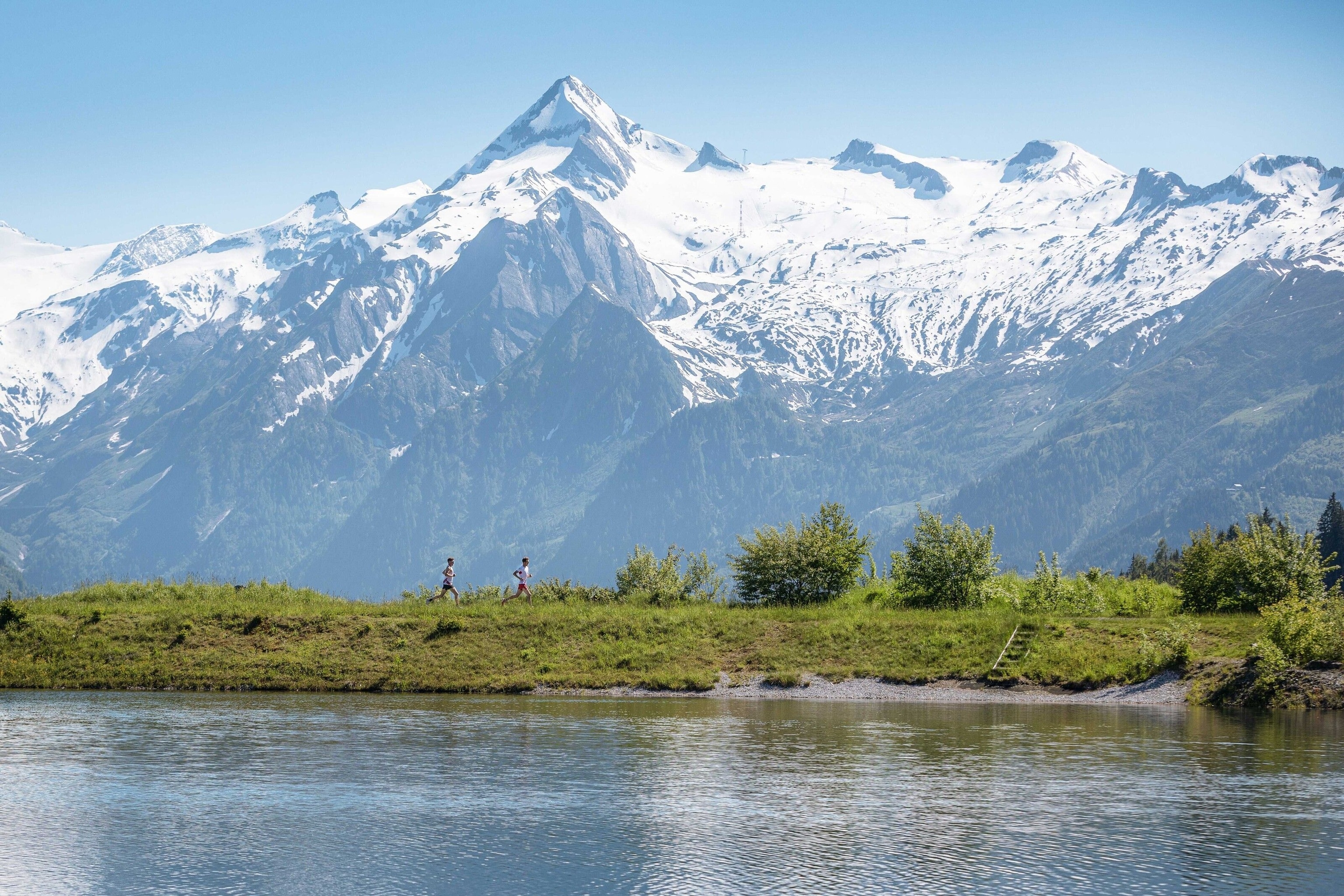
From city to ski slope: five reasons to visit Zell am See-Kaprun in spring
Discover a new side to one of Austria's most well-known winter resorts by visiting in the springtime, when sparkling lakes, historic sights and late-season ski slopes are in their prime.
With its dress-circle views of the Hohe Tauern mountains — including Austria’s highest peak, the 12,460ft Grossglockner — the twinned resort of Zell am See-Kaprun is one that attracts skiers and snowboarders from far and wide. However, it’s not just winter travellers that should put this high-altitude resort atop their travel list. In the springtime, the region unfolds in a beautiful tapestry of flora and fauna. Relax on sunny terraces serving up authentic, locally sourced cuisine, before sampling the region's plentiful hiking and biking trails. And don't ditch the skis just yet — the area offers winter sports lovers the chance to enjoy longer, warmer days on the slopes until the end of May on the Kitzsteinhorn glacier.
1. Spend spring on the slopes
With 254 miles of perfectly groomed pistes varying from high-altitude glacier slopes to family friendly downhill runs, the Austrian region of Zell am See-Kaprun delivers diverse skiing terrain throughout the winter and well into the spring months. Here, much of the action takes place above 6,562ft, making for reliable late-season slope time.
The 6,447ft Schmittenhöhe is a family favourite, with knockout views of the surrounding mountains — including more than 30 peaks over 9,800ft — and a varied mix of blue, red and black runs, as well as playful fun slopes. However, it's the Kitzsteinhorn Glacier that's the region's crowning glory in springtime. Here, you'll find 37 miles of slopes sat at 10,509 ft above sea level, accompanied by astounding alpine views. Thanks to its high altitude position and reliable snow conditions, the area is open until the end of May. This means you can enjoy all the benefits of spring skiing to the maximum — from longer days, warm sunshine and quieter pistes.

2. Experience exhilarating alpine activities
With the rugged rock faces of the Kitzsteinhorn glacier on one side and the Pinzgau grass mountains around the Schmittenhöhe on the other, Zell am See-Kaprun is made for exhilarating alpine activities, from incredibly varied hiking routes to beginner-friendly mountaineering opportunities. The area also houses some of the most diverse, technically challenging biking trails in Europe, catering to everyone from avid mountain bikers to families and beginners.
Road cyclists can enjoy gentle routes around Lake Zell or Alpine tours into the valley, while those seeking more high-adrenaline adventures can hit a number of freeride trails. For an experience that allows the best of both, try gravel biking. A blend of road and mountain bike, gravel bikes are versatile options that allow you to tackle a wider range of terrain.
Whether on a road bike, gravel bike or e-bike, one of the most rewarding experiences to enjoy in the area is the world-renowned Grossglockner High Alpine Road — a 30-mile-long route consisting of 36 hairpin bends and idyllic views of the mighty Grossglockner and Austria's largest glacier, the Pasterze.

3. Take to the water on Lake Zell
Located right on the lakeshore, Zell Am See-Kaprun is well placed for a variety of aquatic activities, such as stand-up paddle boarding, kayaking and water-skiing. There are also several lidos dotted around the shores, with playgrounds, heated swimming pools, mini golf and manmade beaches for use on warmer days.
A flotilla of four boats run panoramic cruises across Lake Zell during the spring, so head to the esplanade to hop on board. Bag a spot on the open-top deck of the MS Schmittenhöhe, the MS Grossglockner or the Kaiserin Elisabeth for 360-degree views of alpine meadows and rugged peaks reflected in the cobalt waters. Or, for a more nostalgic experience, set sail on the Libelle — a wooden motor built in 1947.
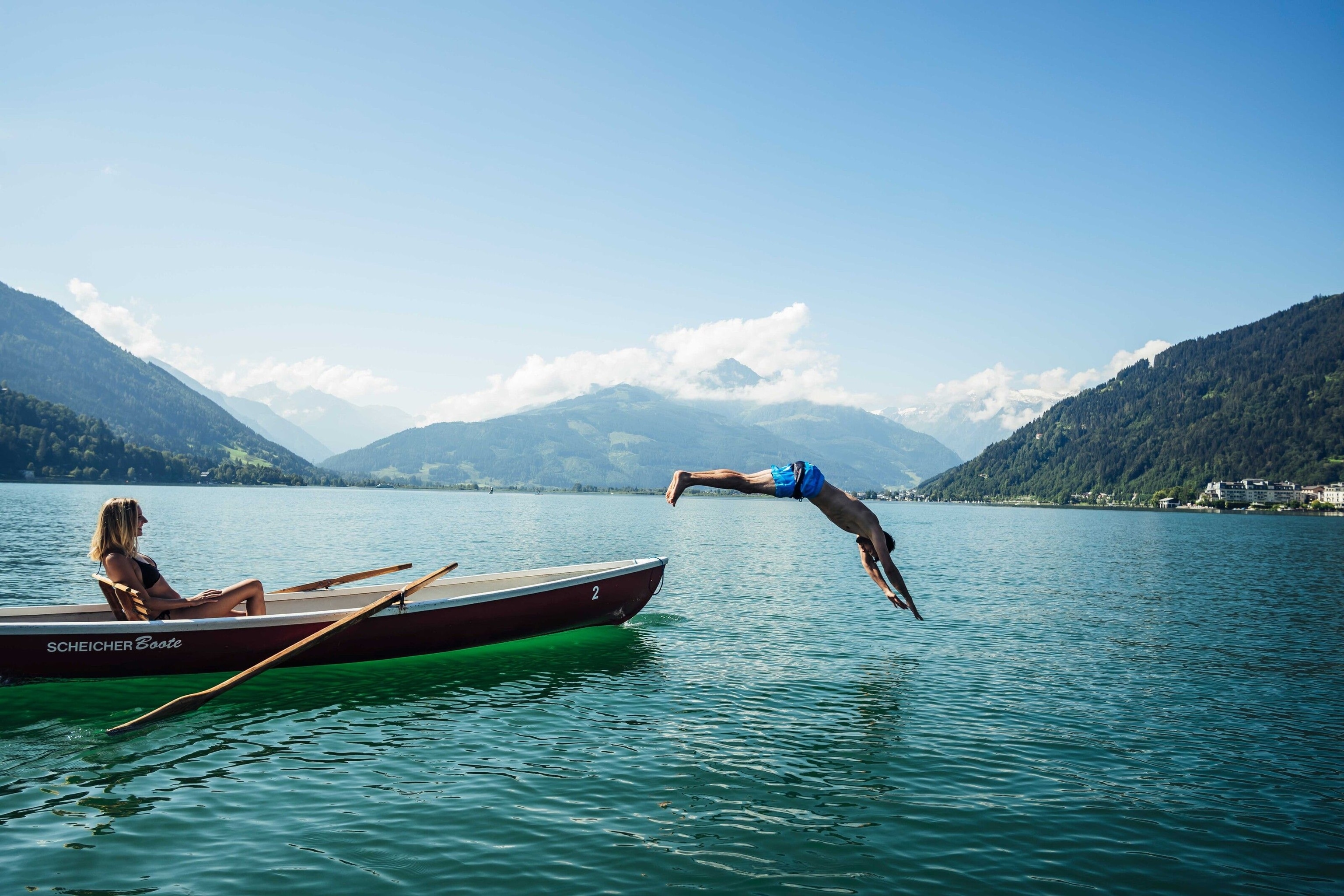
4. Visit a natural wonder
Spring also provides the perfect opportunity to explore some of SalzburgerLand's more interesting sights, from the 12th Century fortress of Kaprun castle to the Maisi Flitzer mountain coaster. However, it's the Sigmund-Thun Gorge that's perhaps the most impressive. Just a 15-minute drive from the heart of Zell am See-Kaprun, this 320m long waterway sees the Kapruner Ache river carve its way through stone and rock in dramatic fashion.
A specially designed, family-friendly trail allows you to marvel at the force of the water as you journey across a series of sturdy wooden boardwalks and bridges, on a route that takes around 30 minutes to complete. At the far end of Gorge, you'll find the Klammsee Reservoir, where you can learn more about the area's geography and geology on a natural history walk. Or for a deeper dive into the region's history, head to the nearby Kaprun Museum, set in a perfectly-preserved 400-year-old farmhouse.
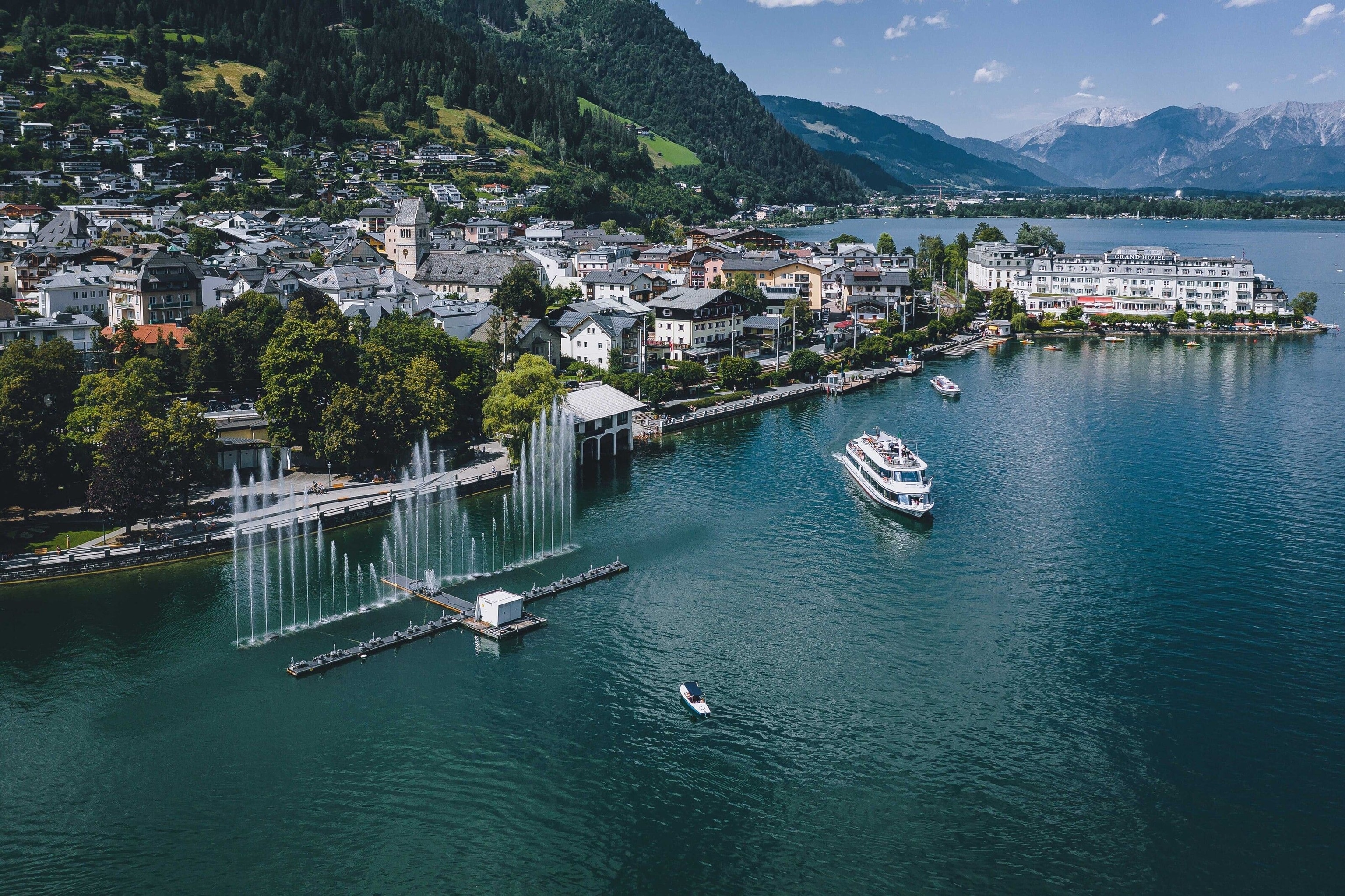
5. See city sights
Originally a small market village sat prettily on the shore of Lake Zell, Zell am See-Kaprun has become a thriving alpine city. Its streets burst into life in spring, with bustling local markets and boutiques drawing in shoppers and bars and restaurants serving up seasonal Austrian specialties, often with an innovative modern twist. During a stroll through the historic old town, visitors can discover the 1,000-year-old Vogtturm, which today serves as a local museum, or the impressive Romanesque parish St. Hippolyte's Church.
Plan your trip
Zell am See-Kaprun lies southwest of Salzburg, around 90 minutes by train or by road. Many airlines fly direct from the UK to Salzburg, or travelling between the two by rail can take as little as 11.5 hours. Once in the region, make use of the Pinzgau Mobility Card to explore the local area and the SKI Alpin card to gain access to the ski areas in the region. Travel in Easter to take advantage of the Easter Bonus, which allows all junior skiers born from 2007 to ski for free when accompanied by an adult.
For more information and to book your trip visit zellamsee-kaprun.com
Subscribe to our newsletter and follow National Geographic Traveller (UK) on social media:

